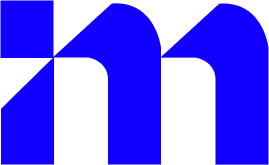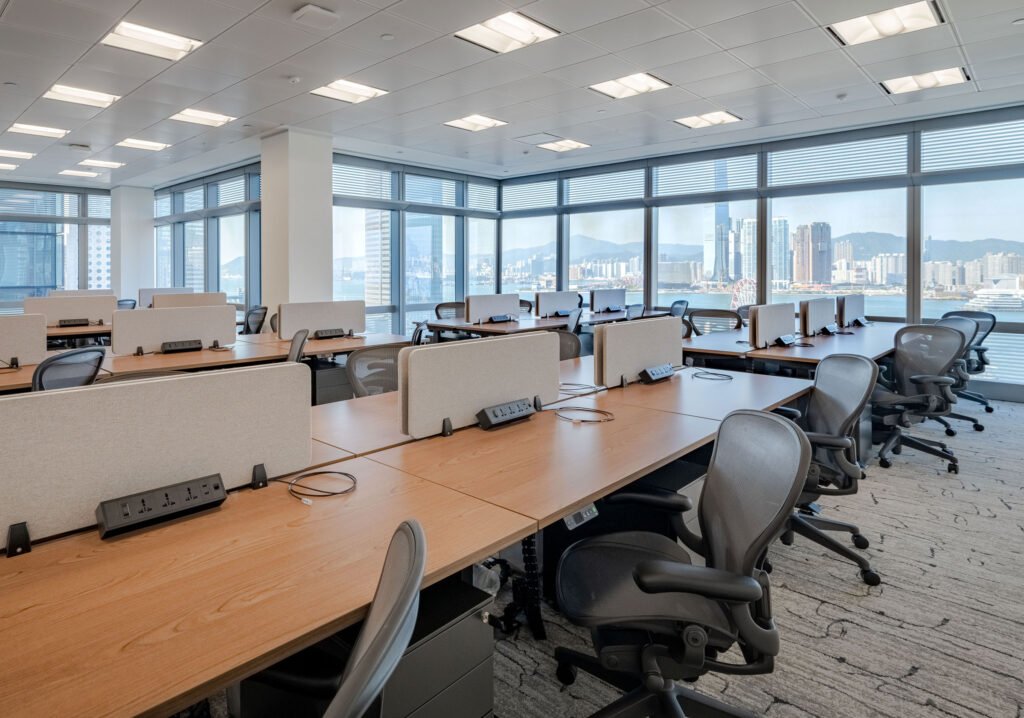If you’ve ever launched a winning Facebook ad at a small budget, you’ve probably wondered: Why can’t I just increase the budget and get more sales? That’s where most advertisers stumble. Scaling Facebook ads isn’t just about spending more money, it’s about spending it strategically. What works at $100/month can completely break at $1,000/month, and even more so at $10,000/month.
Many businesses burn through ad budgets fast when they try to grow too quickly, watching their ROAS (return on ad spend) plummet with each increase. The result? A campaign that once delivered consistent results suddenly crashes, and it feels like Facebook’s algorithm is working against you.
In this guide, we’ll break down the exact process of scaling Facebook ads from low to high budget without losing ROI. You’ll learn step-by-step how to grow from $100 to $10,000/month using smart budget allocation, campaign structure, and optimization techniques that actually sustain growth. Whether you’re running Meta ads for eCommerce, SaaS, or lead generation, this guide will walk you through what actually works in 2025, and what pitfalls to avoid.
The Scaling Trap: Why Facebook Ads Fail When You Increase the Budget
Scaling ads the wrong way is like adding fuel to a fire you don’t control, it burns fast and leaves nothing behind. One of the most common reasons advertisers lose money is scaling too fast without respecting Facebook’s algorithmic behavior. When you increase the budget by large percentages overnight, you reset the learning phase, which means Facebook has to re-figure out who to show your ad to and how to optimize for results.
This often causes a sudden dip in performance, and if you’re not watching closely, your cost-per-result can skyrocket in just a few hours. It’s even worse when advertisers scale bad creatives or ignore key metrics like click-through rate, conversion rate, or frequency. You’re essentially amplifying what’s already broken.
Here’s where most campaigns go wrong:
- Jumping from $50/day to $200/day in one go
- Scaling ads without proven audience targeting
- Ignoring feedback loops like engagement drop or ad fatigue
If you’ve faced these issues, you’re not alone. The Meta ad platform in 2025 is smarter, but it still rewards gradual, optimized changes, not reckless budget increases. Understanding this trap is the first step to avoiding it, and building a campaign that grows profitably over time.
Pre-Scaling Checklist: Fix the Foundation Before You Grow
Before you even think about scaling, make sure your current setup is rock solid. Scaling a broken or unoptimized campaign will only magnify the flaws, and that’s how most brands burn their ad spend fast without any meaningful return.
Start by auditing your current campaigns:
- ROAS (Return on Ad Spend) – Are your ads actually profitable?
- CTR (Click-Through Rate) – Are people engaging with your creatives?
- CPA (Cost Per Acquisition) – Are you acquiring leads/sales at a sustainable rate?
Next, test your ad creatives, landing pages, and audiences. Don’t assume your first few winners will hold up under increased pressure. What performs well at $10/day may fall apart when you hit $100/day, especially if your funnel isn’t built to convert at scale.
Also, ensure your Meta Pixel and Conversion API are tracking events accurately. Poor tracking leads to poor optimization, and scaling under bad data is a recipe for disaster.
Finally, implement a full-funnel campaign structure:
- TOF (Top of Funnel) – Build awareness
- MOF (Middle of Funnel) – Engage and educate
- BOF (Bottom of Funnel) – Convert and retarget
This Facebook ads funnel structure ensures that as traffic grows, every part of the customer journey is supported. Optimizing Facebook ads for scaling starts by building the right foundation, because growth only works when your system is ready for it.
How to Scale from $100 to $1,000/Month (Step-by-Step)
Scaling from $100 to $1,000/month is the most sensitive stage of growth. At this level, your goal is to balance control with experimentation. You’re not just spending more, you’re learning what scales without losing performance.
Start with ABO (Ad Set Budget Optimization). Unlike CBO (Campaign Budget Optimization), ABO gives you more control over individual ad sets, crucial when testing new creatives or audiences. Keep your budgets modest and increase by 20–30% every 3–4 days. Going any faster can reset the learning phase and disrupt your results.
In parallel, launch new ad sets using top-performing creatives. This spreads risk and gives Facebook’s algorithm more room to find profitable pockets of your audience.
Begin testing:
- Custom audiences (website visitors, engaged users, video views)
- Lookalike audiences based on your best customers or leads
Watch metrics like ROAS, CPA, and CTR closely. If a new ad set performs well, scale it gradually. If performance drops, pause and pivot.
This Facebook ads budget scaling strategy helps increase your spend while maintaining efficiency. The key is discipline, scaling Facebook ads isn’t about going big overnight. It’s about strategic, incremental moves that protect your ROI while setting the stage for higher spend down the line.
Shifting to $1,000–$5,000/Month with CBO: Consolidate and Scale
Once you’ve reached the $1,000/month mark with stable ROAS, it’s time to move from ABO to CBO, Campaign Budget Optimization. Why? Because at this level, efficiency matters more than micro-control. CBO lets Meta’s algorithm do the heavy lifting by dynamically allocating your budget to the best-performing ad sets within a campaign.
The best time to switch from ABO to CBO is when you’ve already identified your winning creatives, audiences, and placements. You’re no longer testing, you’re now optimizing for scale.
Here’s how to make the switch:
- Consolidate your best-performing ad sets into a single CBO campaign
- Set an initial daily budget similar to your ABO total
- Let Facebook distribute the spend based on performance signals
Start scaling vertically by increasing your CBO budget gradually, aim for 20–30% every few days. For horizontal scaling, duplicate winning ad sets with slight audience or creative variations.
To scale Meta ads safely, use automated rules:
- Example: If ROAS > 3 for 3 days → increase budget by 20%
- Or If CPA > target → pause ad set
This structured approach balances automation and control, helping you scale faster without manual micromanagement. When used right, Campaign Budget Optimization for Facebook Ads unlocks a smoother path from mid-level spend to higher tiers, while keeping your returns intact.
Scaling Beyond $5,000–$10,000/Month: Advanced Facebook Ads Tactics
At $5,000+ monthly spend, you’re no longer just “running ads”, you’re managing a performance engine. This stage requires a deeper understanding of how to scale Facebook ads to $10K/month using advanced methods that align with algorithmic behavior and creative strategy.
Start with broad targeting. Meta’s AI in 2025 is smarter than ever, it performs better when you let it optimize without too many restrictions. Combine this with high-converting creatives tailored for mass appeal, and you’ll see more consistent results.
To refresh learning signals, duplicate high-performing campaigns instead of simply increasing the budget. This allows the algorithm to re-optimize without performance plateaus. Pair this with weekly creative rotation to fight ad fatigue and keep engagement high.
For longer-term performance, experiment with the lifetime budget strategy, especially for evergreen campaigns that run over weeks or months. This gives Meta more flexibility to spend intelligently across time and audiences.
Dig deeper with your audience strategy:
- Build lookalikes based on converters, high-intent subscribers, or video watchers
- Segment audiences by behavior or funnel stage for more tailored messaging
And don’t ignore new formats. Test Advantage+ Shopping (for eCommerce) or Advantage+ Leads (for service-based businesses). These AI-powered campaign types use machine learning to find your highest-value users with minimal setup.
By combining these advanced Facebook ad scaling tactics, you can cross the $10K/month mark with structure, sustainability, and real ROI, not chaos. The game at this level is about systems, not guesswork.
Monitoring Performance & Staying Profitable
Scaling is only half the game, staying profitable as you scale is where most brands either thrive or crash. That’s why real-time performance monitoring is non-negotiable. Once you’re past $1,000/month in ad spend, gut feeling isn’t enough. You need data and clarity.
Start with reliable tracking tools:
- Meta Ads Manager – your core dashboard
- GA4 – track cross-channel attribution
- Hyros or Triple Whale – for deeper, full-funnel attribution across platforms
The best metrics for scaling Facebook ads include:
- ROAS (Return on Ad Spend) – Are you earning more than you spend?
- CPA (Cost Per Acquisition) – Are you getting cost-effective conversions?
- CVR (Conversion Rate) – Is your landing page doing its job?
- Frequency – Are people seeing your ad too many times?
You also need to know when to act:
- Pause underperforming ad sets after 3–4x your CPA
- Tweak creatives if CTR drops below 1%
- Scale faster when ROAS holds strong above your target
Create a monthly Facebook ad performance checklist:
- Audit all active campaigns
- Compare CPA vs. revenue trends
- Check attribution across platforms
- Identify top/worst creatives
- Update audiences and funnel segments
Use this process to maintain sustainable ad growth, because the goal isn’t just scaling, it’s scaling while staying profitable.
Real-World Case Study: Scaling from $500 to $10,000/Month
Let’s take a quick look at what this strategy looks like in action.
An eCommerce brand selling home fitness gear started with a modest $500/month Facebook ad budget. After identifying two high-performing creatives and optimizing their landing page for mobile, they scaled to $1,500/month using ABO with segmented lookalikes.
From there, they consolidated into a CBO structure, rotating creatives weekly and using automated rules based on ROAS thresholds. Their broad targeting campaign with fresh creative saw a ROAS of 3.8, and they slowly scaled to $10,000/month over 90 days.
Key takeaways:
- Daily budget increases capped at 20%
- Weekly audits using Hyros and GA4 for accurate attribution
- Creatives refreshed every 5–7 days to prevent fatigue
The outcome?
- ROAS: 3.4 (net positive throughout scaling)
- Monthly Revenue: $42,000+
- CPA: $22
- Conversions: 1,900+
This Facebook ad scaling case study proves that with a disciplined, full-funnel strategy, you can scale ecommerce ads profitably and sustainably, even in 2025’s competitive ad landscape.
Final Tips & Common Pitfalls to Avoid
Even seasoned advertisers fall into traps when scaling Meta ads. One of the most common Facebook ads mistakes is trying to scale while changing major elements like creatives or offers. If you’re adjusting messaging and increasing spend, you won’t know what caused performance to shift, good or bad.
Stick to these ad scaling best practices:
- Never scale while testing a new creative or funnel. Test first. Scale later.
- Avoid depending on one audience segment or ad format. Diversification prevents overexposure and ad fatigue.
- Always refresh creatives every 5–10 days to keep engagement strong and your relevance score high.
- Run weekly audits and stay consistent with data analysis, especially when running multiple campaigns at once.
And most importantly: scaling is not a “set it and forget it” task. It’s a system built on testing, feedback, and refinement. Follow these tips to avoid costly missteps and make sure every dollar spent drives real results.
Conclusion
Scaling Facebook ads the right way isn’t about spending more, it’s about spending smarter. If you want to go from $100 to $10,000/month in ad spend without losing ROI, you need a system rooted in testing, data, and structure, not guesswork.
The most successful brands grow slowly, strategically, and sustainably. Whether you’re using ABO, CBO, or advanced automation, the same rule applies: follow the data and scale with intention.




